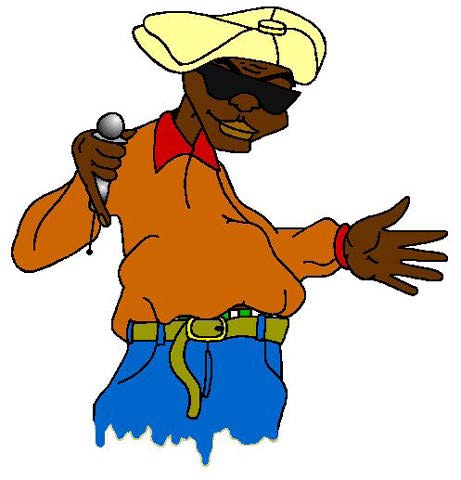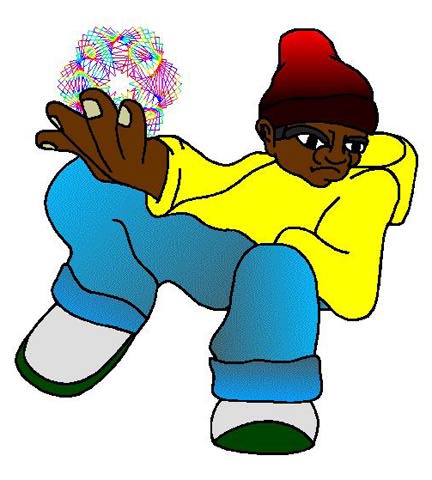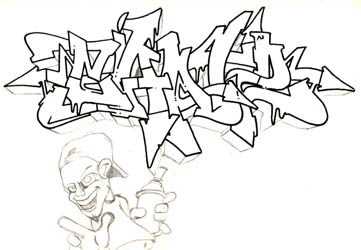|
|
|
|
|
|
|
|
|
|
|
|
|
|
|
|
|
|
|
|
|
|
|
|
|
|
|
|
|
|
|
|
|
|
|
|
|
|
|
 |
|
|
|
|
|
|
|
|
|
|
|
|
|
|
|
|
|
 |
|
|
|
|
|
|
|
|
|
|
|
 |
|
|
|
|
|
|
Hip Hop developed in the early 70´s in the South Bronx. Its initial practitioners were DJs playing disco, funk, or reggae records, assisted by a "master of ceremonies", who would handle the verbal interchange with the crowd. DJs such as Kool DJ Herc and Pete Jones began to draw huge crowds at clubs and block parties. As DJs started to develop the beats and breaks of Hip Hop, some of the focus was transferred from the turntables to other things- such as MCing and B-Boying. |
|
|
|
|
|
|
|
The MC was originally a "master of ceremonies" who would assist the DJ by addressing the crowd and leading them in call & response routines and vocal chants. The emcee began to develop a rhymes, and vocal routines of their own, and emceeing became MCing. The "Master of Ceremonies" became the "Mic Controller". |
|
|
|
|
|
|
|
|
|
|
|
|
|
|
|
|
|
 |
|
|
|
|
|
The live atmosphere and the ability of the DJs to continuously keep the beat flowing between records created B-Boys. B-Boys were fanatical followers of the music who battled on the floor with dance moves. This became known as "breakdancing". Hip hop also created its own visual art- graffiti. Graffiti has existed in some form for centuries, but the colors, design, and attitude of hip hop graffiti has given hip hop an accompanying aesthetic that has survived the years virtually intact. Check out the Breakin and graffiti area of the site as ya head down. |
|
|
|
|
|
|
|
The Sugarhill Gang´s "Rapper´s Delight" was the first commercially successful rap single in 1979, but it was not,by any means, the first rap song created. By this point, DJs had crews of 3 or more MCs, who delivered rhymes and occasionally sang. DJs such as Grandmaster Flash and Grand Wizard Theodore had been expanding the vocabulary of the turntables to include fast, freestyle "scratches" and precise mixing. The result was rap, lacking conventional instruments, but nonetheless a complete live musical form. |
|
|
|
|
|
|
|
|
|
|
 |
|
|
|
|
 |
|
|
|
|
|
|
|
|
|
|
|
|
 |
|
|
|
|
|
|
|